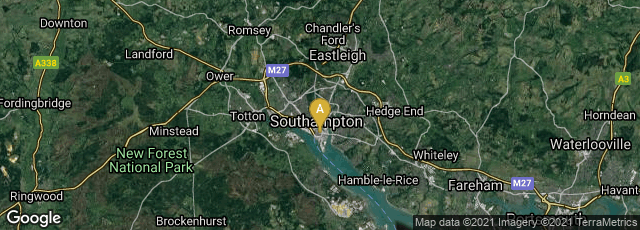In 1861 Colonel Sir
Henry James, the Royal Engineers officer who served as director-general of the
Ordnance Survey, the British Government mapping agency, published
Domesday Book, or The Great Survey of England of William the Conqueror A.D. MLXXXVI. Facsimile fo the Part Relating to Cornwall. Photo-Zincographed by Her Majesty's Command at the Ordnance Survey Office Southampton. This was the first facsimile of a manuscript produced by
photozincography, the first printing process that applied photography to lithography. By using photozincography the priceless
Domesday Book could be reproduced at lower cost, without the necessity of tracing, or any direct contact with the manuscript. Furthermore, zinc plates were lighter and easier to move than lithographic stones and allowed the production of more prints than could be made from the relatively brittle limestone used in stone lithography. The facsimile was successful, and the entire
Domesday Book was reproduced full size, and in red and black ink as in the original, in a series of thin clothbound volumes between 1861 and 1863. In
Aspects of Victorian Lithography: Anastatic Printing and Photozincography (1970) p. 55 Geoffrey Wakeman stated that the edition may have been only 500 copies.

